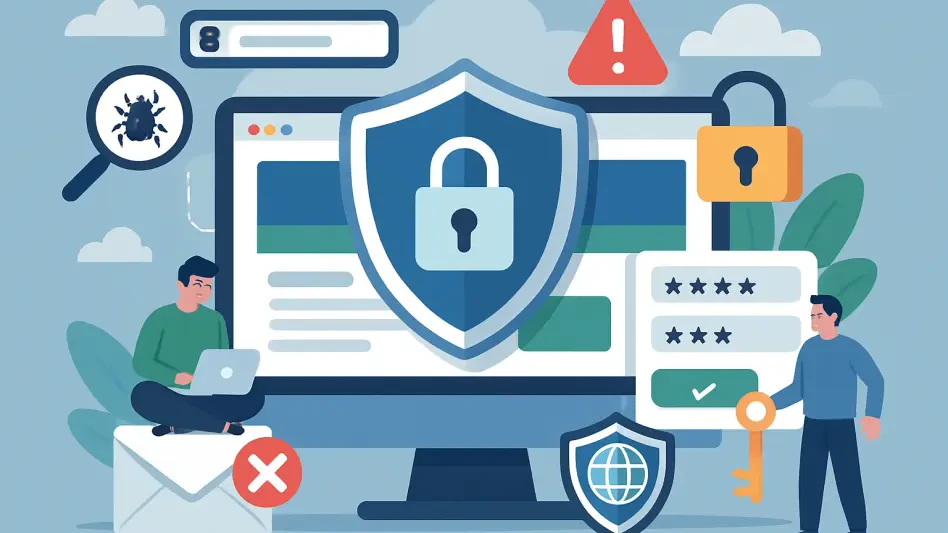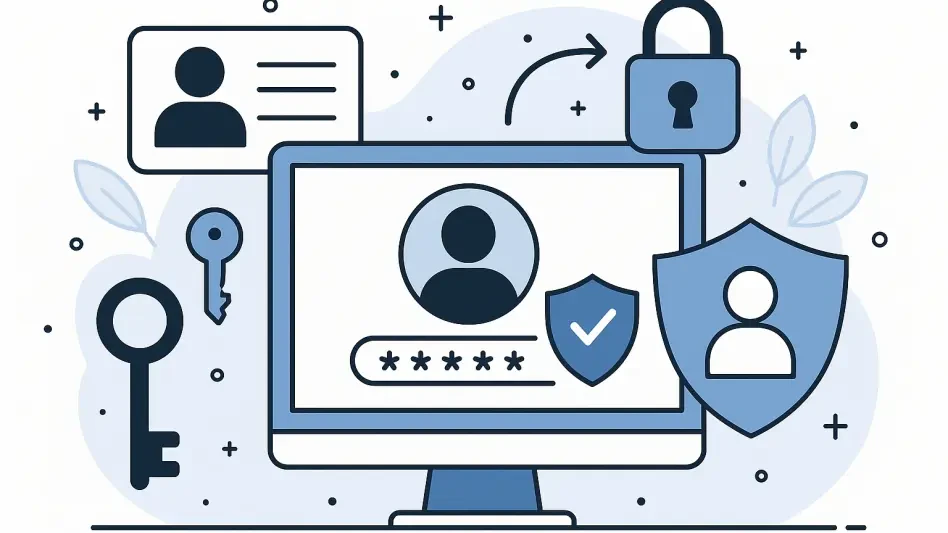No matter how fast technology evolves—or what fancy new advancements take over the market—security continues to hold its rightful place as a top consideration in any business decisions a company makes, especially when facing the customer. The truth is, your online presence must be constantly secure. And the boardroom is no stranger to concerns related to cybersecurity; not when threats continue to become more sophisticated with each passing year. B2B organizations such as yours often find themselves handling sensitive client data and high-value transactions, which easily become a golden mine of interest for AI-enabled attacks, zero-day exploits, and supply chain vulnerabilities. All of these not only disrupt your operations in both the short and long run (depending on the breadth and depth of the breach), but also damage your reputation overnight.
If you’re a key team player in your company’s cybersecurity team, you’re already more than well aware that a single breach can easily lead to millions of dollars in fines, revenue, and destroyed trust. So, defending your website is not just an IT issue. It’s one of the most important imperatives to keep in mind for sustainability, building trustworthy services that can maintain consumer trust, and outperforming your market peers.
This article was carefully crafted to help B2B website owners or security professionals in their efforts to not only safeguard their domain against today’s most concerning threats—but also prepare for whatever might come next in the realm of cybersecurity. While building the ideal strategy for maintaining your defenses isn’t easy (especially when you’re facing tightening regulatory pressures, such as the General Data Protection Regulation and the California Consumer Privacy Act, and more scrutiny from your potential customers), defending your data and users doesn’t always have to be a painful task to undertake. Not when you can turn the situation around and use it to your advantage for a greater business edge against competitors by meeting expectations for robust protection, building more strategic partnerships based on trust, and ensuring resilience.
It’s time to Fortify Your Digital Defenses. But What Should You Invest In?
Encryption as a Foundation
You don’t have to be a next-gen cybersecurity expert to know that any defensive path you follow should have, first and foremost, a robust foundation that you can build on. And being able to secure your data transmissions is still one of the most non-negotiable starting points for building (or upgrading) a website. The implementation of HTTPS through SSL/TLS certificates allows you to safely and easily encrypt interactions between servers and all users, preventing the potential interception of sensitive information, such as client credentials, personal data, or transaction details. The benefits and value of making this move go beyond just compliance: reliable encryption enhances your search engine ranking and fosters trust. With browsers flagging unencrypted sites and warning consumers about the vulnerabilities and personal risks that they might unleash, not having the right encryption in place will most likely deter potential partners.
And the best news? You can use free certificate providers or opt for premium solutions for added validation—a path that lets you adopt the advantages of encryption with swift integration and minimum downtime.
Multi-Layered Authentication for Access Control
Once upon a time, authentication was a simple, straightforward, one-dimensional process. But like many other aspects of the business and digital world, this has changed as more cybercriminals and opportunistic fraudsters find new ways to breach defenses and compromise credentials.
That’s how multi-factor authentication emerged, with one key objective in mind: protecting administrative and user access alike by making sure that, even with stolen credentials, malicious actors have a really hard time entering your ecosystem. For corporate environments, multi-layered authentication is no longer a choice—not when there’s a lot at risk. When you’re operating with multiple stakeholders’ access systems, even the smallest vulnerability can have some great consequences on your reputation and resilience. So, combining something known (for example, a password) with something possessed physically or digitally (such as a mobile token) adds a formidable and difficult-to-overcome barrier against credentials theft. And the data is on your side with this: studies indicate that multi-factor authentication can, in fact, block over 90% of account breaches.
Proactive Threat Mitigation with Up-to-Date Firewalls and Policies (Saying Goodbye to Legacy, Obsolete Technologies)
If you’re looking to advance your website’s cybersecurity, you must understand one vital thing that’ll benefit you throughout your current journey (and those to follow): technologies are changing faster than ever and the firewalls or policies you’ve been using until now might no longer deliver all you need to maintain strong safeguards.
What’s necessary? A Web Application Firewall that delivers a dynamic, agile, and next-gen shield against common exploits like Structured Query Language injections and cross-site scripting. The right solution will filter all malicious traffic before it even reaches your core systems and makes users vulnerable. When it comes to your protection procedures and directives, enforcing a Content Security Policy is what you need to fully restrict unauthorized content loading and curb malicious scripting.
But no matter how advanced or efficient these tools are, you shouldn’t sleep on the benefits of regular software updates built by industry experts to patch vulnerabilities and form a robust, continuous defense mechanism against criminals.
Monitoring and Backup Strategies—Is This Your Path to Getting Rid of Cybersecurity Headaches?
Many of your peers have come to a conclusion: no matter how well-planned, modern, or future-focused a cybersecurity approach might be, nothing can fully protect you against a large number of attackers more dedicated than ever to access (and exploit) your most sensitive data.
Chances are that, sooner or later, you might be on the receiving end of a new malicious technique that no tool can defend against. But here’s the thing: keeping threats out of your system is only half the battle. There’s another advantage that promises you one last safeguard, no matter how grim the situation might be.
Where can it be found? In real-time monitoring tools (which identify anomalies like unusual traffic spikes or unauthorized access attempts before they can escalate into full-blown crises), security audits meant to pinpoint potential gaps in your strategy, and the power of automated backups stored off-site, ensuring rapid recovery from ransomware or server failures without any significant operational loss. A well-executed backup plan can fully destroy your adversaries’ plan of exploiting your enterprise, avoiding significant costs and weeks of downtime—while showcasing your preparedness for sustained business trust and reliability.
Closing Words
Looking ahead isn’t easy as an owner or IT decision-maker of a business website tasked with its cybersecurity edge. But getting started and putting together a strategy is, more often than not, the most challenging part. Instead of focusing on a one-time fix, it’s time to treat website security as an ongoing priority that allows vigilance and foresight in how you adapt to current and emerging threats. These tactics will help you build a framework for protecting digital assets, meeting regulatory requirements, and keeping partner confidence high—regardless of how complex the strategies of attackers might become.








